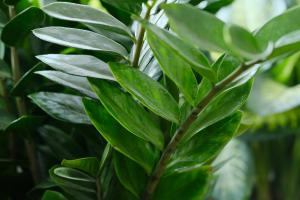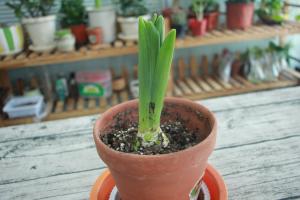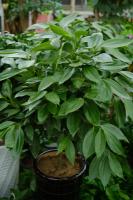Are Purple LED Lights Good for Plants?
Plants require adequate light to grow and thrive. In nature, the sun provides the necessary light, but this may not be sufficient for indoor plants. Therefore, artificial lighting can be used to supplement natural light. One popular type of artificial light used for indoor plants is the purple LED light. However, the question remains, are purple LED lights good for plants?
What are Purple LED Lights?
Purple LED lights consist of blue and red light diodes combined together. The blue diodes have a wavelength of around 450nm, while the red diodes have a wavelength of around 650nm. When these two colors of light are combined, they create a purple hue. The reason for using purple LED lights is that plants tend to absorb blue and red light more efficiently than other colors on the spectrum.
Benefits of Purple LED Lights for Plants
Purple LED lights have several benefits for plants. Firstly, they provide the correct wavelengths of light required for photosynthesis. Blue light is essential for the growth of leaves and stems, while red light stimulates the development of flowers and fruit. Therefore, the combination of blue and red light provided by purple LED lights is beneficial for the overall growth and development of plants.
Another benefit of purple LED lights is that they do not produce much heat. Unlike traditional lighting sources such as incandescent bulbs or fluorescent lamps, LED lights produce very little heat. This makes them safer to use around plants and reduces the risk of plant damage due to overheating.
Finally, LED lights are energy-efficient and can save on electricity costs. They have a longer lifespan than traditional lighting sources and are more environmentally friendly as they do not contain harmful chemicals like mercury.
Drawbacks of Purple LED Lights for Plants
While purple LED lights have several benefits, they also have some drawbacks. One major drawback is that they are expensive compared to other types of artificial lighting such as fluorescent lamps. This initial cost may be a deterrent for some people who are looking to provide lighting for their indoor plants.
Another drawback of purple LED lights is that they may not be suitable for all types of plants. Different plants have different light requirements, and some may not respond well to purple LED lights. For example, some plants may require more red light or more blue light depending on their growth stage.
Conclusion
So, are purple LED lights good for plants? The answer is yes, they can be beneficial for plants as long as they are used correctly. Purple LED lights provide the correct wavelengths of light required for photosynthesis, are energy-efficient and produce very little heat. However, they are expensive compared to other types of lighting and may not be suitable for all types of plants. As with anything related to plant care, it's important to do your research and make sure your plants are getting the right amount and type of light they need to grow and thrive.

 how many times do yo...
how many times do yo... how many planted tre...
how many planted tre... how many pine trees ...
how many pine trees ... how many pecan trees...
how many pecan trees... how many plants comp...
how many plants comp... how many plants can ...
how many plants can ... how many plants and ...
how many plants and ... how many pepper plan...
how many pepper plan...






























